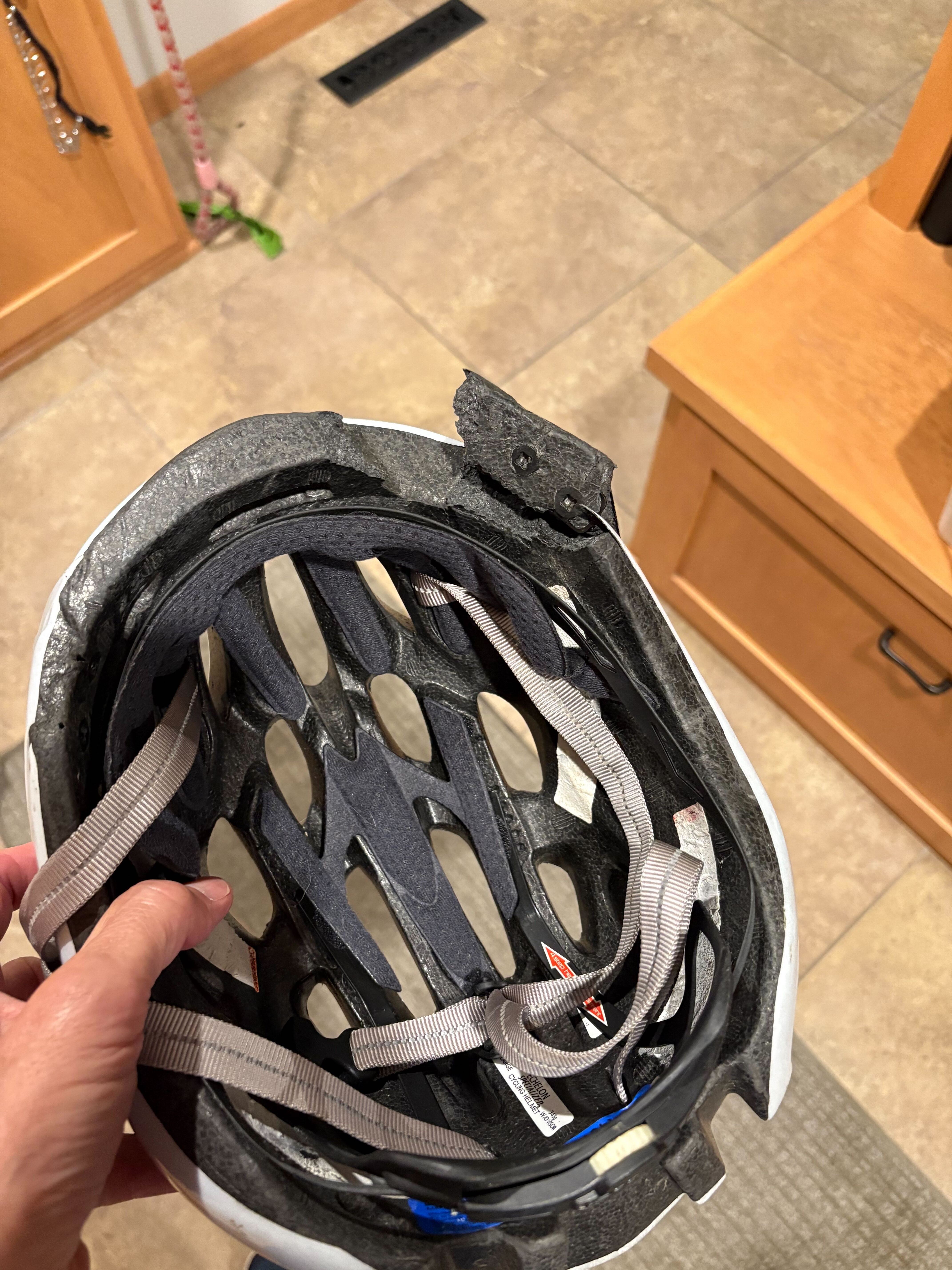
A personal, post-surgery reflection from Pat Tarnowski, Chief Commercial Officer at OneStep, on how technology helps reveal what we can’t always see, and how it can positively impact recovery.
Ten days into recovery from what was supposed to be a routine shoulder surgery, I realized how fragile independence really is. A bike crash just days after my pre-surgical MRI turned a simple rotator cuff repair into something more complex, and it has given me a new perspective on quality of life, recovery and empathy.

As a physical therapist, I’ve helped many patients through recovery, but living it myself has been a different kind of education (and a test of my patience). Pain medication leaves me cloudy. Sleeping in a recliner instead of a bed has been an adjustment. Getting up in the middle of the night, trying to detach from the cold-compression unit while keeping my balance with one arm in a sling, takes more effort than I’d like to admit.
My recovery process has made me reflect on the older adults we serve every day. Many live with medications that affect clarity or balance and others are connected to oxygen or other monitoring devices that make even simple movements a challenge. What I’m dealing with for a few weeks may be their daily reality, one shaped by limits, adaptation, and a constant need for patience.
During my recovery, I’ve become more aware of how much words matter. Friends and colleagues who said, “That’s a tough surgery; recovery will be painful,” made it feel heavier. Others who said, “You’ll get through this; it’ll be an inconvenience, but you’ll make it,” helped me feel lighter and more hopeful.
The day after surgery, I looked again at the arthroscopic images of my procedure. My surgeon had reviewed them with me right after the operation, and at the time I understood what I was seeing. But the next day, when the anesthesia and adrenaline had worn off and I was sitting at home processing everything, the images felt different. The damage looked more real, and more daunting.
I found myself worrying: What will my function truly be? Will it be as good as what we hoped for from a “routine” repair?
A few days later, during my post-op recheck, my surgeon explained the details of the repair and shared his confidence in a strong recovery. That conversation changed everything. It reminded me that communication, the words we use, the tone we take, and the context we provide can either build confidence or create fear.
Since then, I’ve been watching small signs of progress: steadier walks, better sleep, small improvements in how I move through daily routines. What surprised me most was seeing those changes reflected objectively, even my phone, through the OneStep app. The app showed me, through both passive and active monitoring of my movements, that I was walking a little faster and more steadily each day. That data mirrored what I was feeling but couldn’t quite quantify. It was proof that recovery was happening, even when progress felt slow. The OneStep app view gave me an added sense of accomplishment or validation of improvement - similar to how words of encouragement from my clinician ease my mind.
When technology can capture what our eyes and minds can’t always see, it changes the recovery experience. It replaces doubt with reassurance. When data becomes personal, when it shows you that you’re moving more evenly, or that your gait has become smoother, it becomes more than information. It becomes motivation.
I want to get back to climbing, hiking, cycling, lifting weights, and eventually sleeping on that shoulder again. (Those of you who’ve had shoulder issues know what I’m talking about). I know it will take time and consistency, but hearing - and seeing - that my recovery has a clear and positive trajectory made all the difference.
I’m confident I’ll recover because I have access to therapy, support, knowledge, and a clear plan forward. For many living with chronic or progressive conditions, that confidence is harder to find. That’s where we, as caregivers, providers, and technology teams, can make a difference by using empathy, insight, and real-time feedback to keep people engaged and hopeful.
Sometimes progress comes from movement. Sometimes it comes from data. But most often, it starts with the words we use and the belief we give someone that they can keep moving forward.
For some, recovery means returning to full function. For others, it means maintaining independence a little longer. When data, monitoring, and empathy work together, we can make that journey safer, more motivating, and more human. We are how we move.
What moments or words have helped you, or your patients, believe recovery is possible?
Learn more about the OneStep app by visiting our Products page.